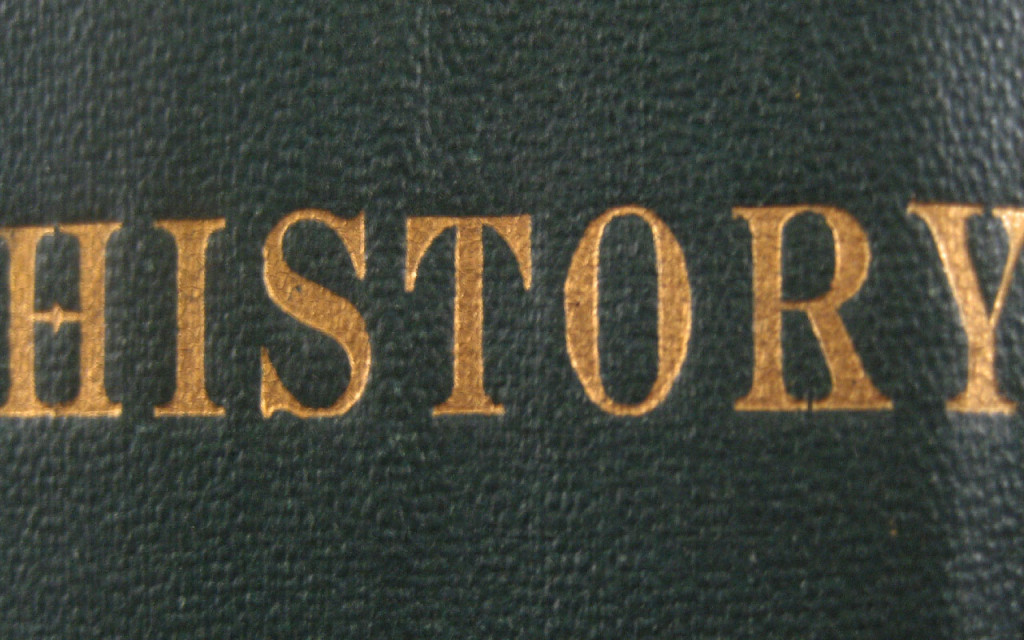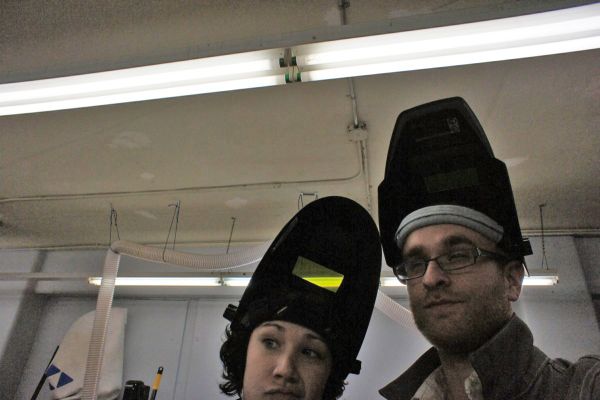“Everybody has a plan until they get punched in the face” – Mike Tyson
Some years ago, as a graduate student, I was hit by a car and left in the street with a broken elbow. 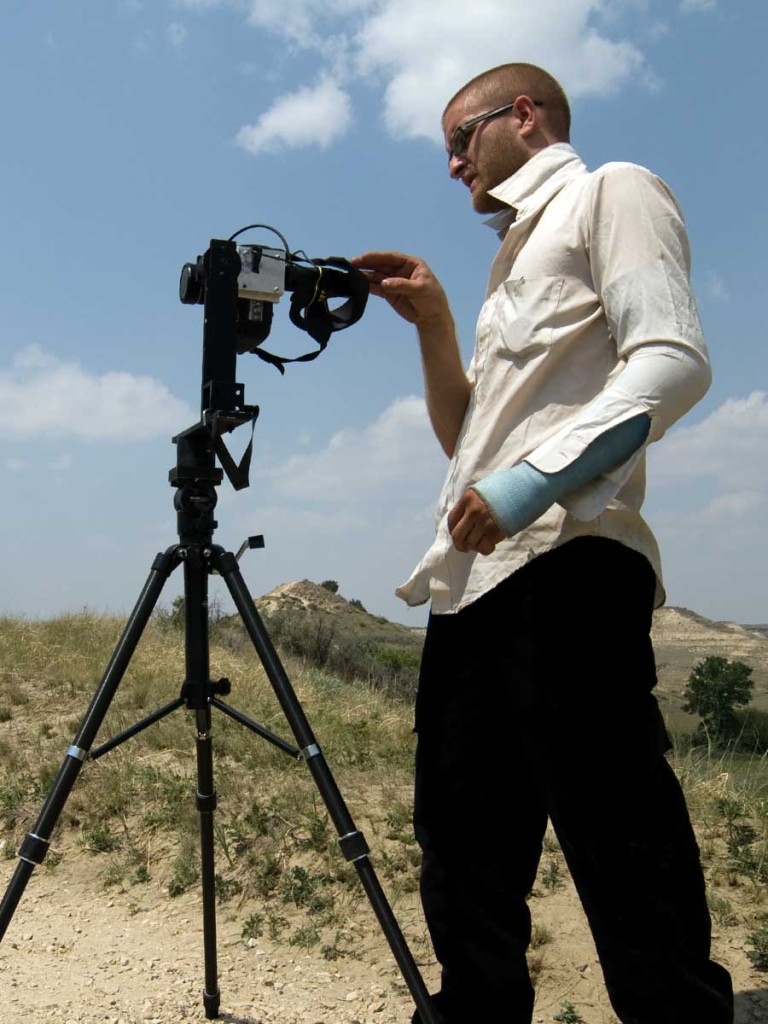 As my university provided no health insurance, I spent my savings paying medical bills. When fall semester approached, I searched Amazon.com for low priced, used textbooks. Amazon, knowing my preferences, recommended that I look at the Canon Powershot A590, an eight megapixel digital camera. The camera was priced at a mere $79, far less expensive than the books I was searching for. It was immediately apparent to me that I could construct a machine that could quickly copy books — for less than the cost of the books themselves. It was a watershed moment. You know that the world has gone strange when cameras are cheaper than textbooks. So I purchased two cameras and built a machine from trash and scrap materials, and it worked marvelously. I built another one immediately for my friend Aaron Clarke, who wrote the first software for the machine, PageBuilder.
As my university provided no health insurance, I spent my savings paying medical bills. When fall semester approached, I searched Amazon.com for low priced, used textbooks. Amazon, knowing my preferences, recommended that I look at the Canon Powershot A590, an eight megapixel digital camera. The camera was priced at a mere $79, far less expensive than the books I was searching for. It was immediately apparent to me that I could construct a machine that could quickly copy books — for less than the cost of the books themselves. It was a watershed moment. You know that the world has gone strange when cameras are cheaper than textbooks. So I purchased two cameras and built a machine from trash and scrap materials, and it worked marvelously. I built another one immediately for my friend Aaron Clarke, who wrote the first software for the machine, PageBuilder.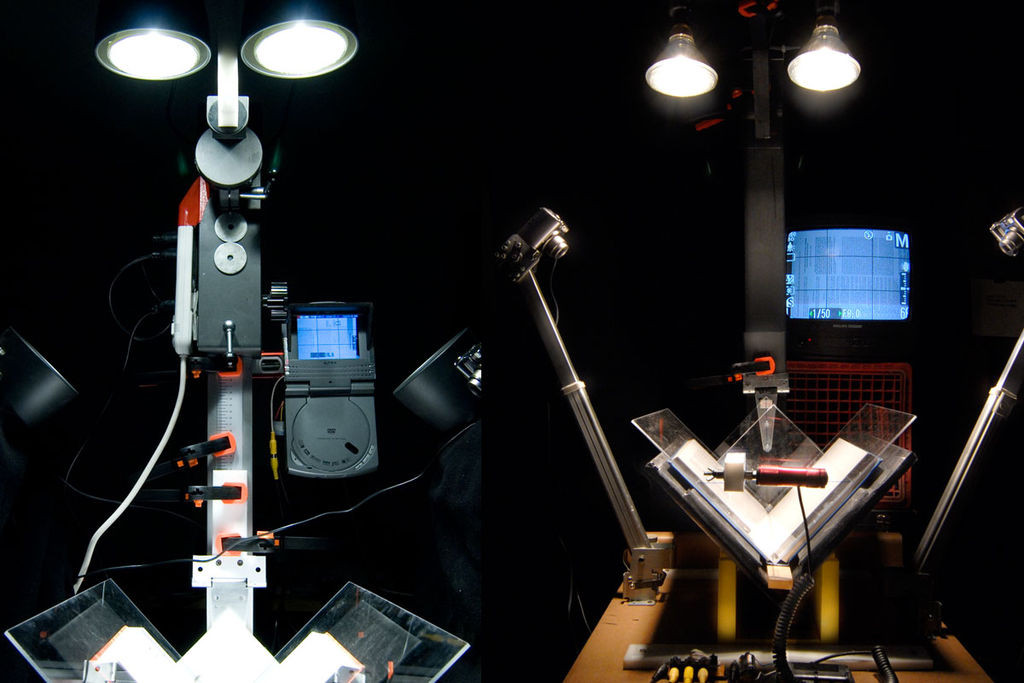
It was obvious that this was an important discovery, because in 2009, Google was in the courts (and in the news) for digitizing the world’s books without the explicit permission of their authors, and without the blessing of the dubiously self-appointed rights-holding entity, the Author’s Guild. Everyone was interested in eBooks and how they might be made and sold and owned.
Originally, I thought that I might publish the plans to build the machine as a kind of art piece; an angry screed against the publishing industry, with all the piss and vinegar and firebrand agitprop I could muster against the obviously broken business model of the corrupt publishing industry. The machine itself would be proof enough! But the machine itself was odd and delightful, a bit cock-eyed in appearance, beeping cheerfully with each pair of pages. 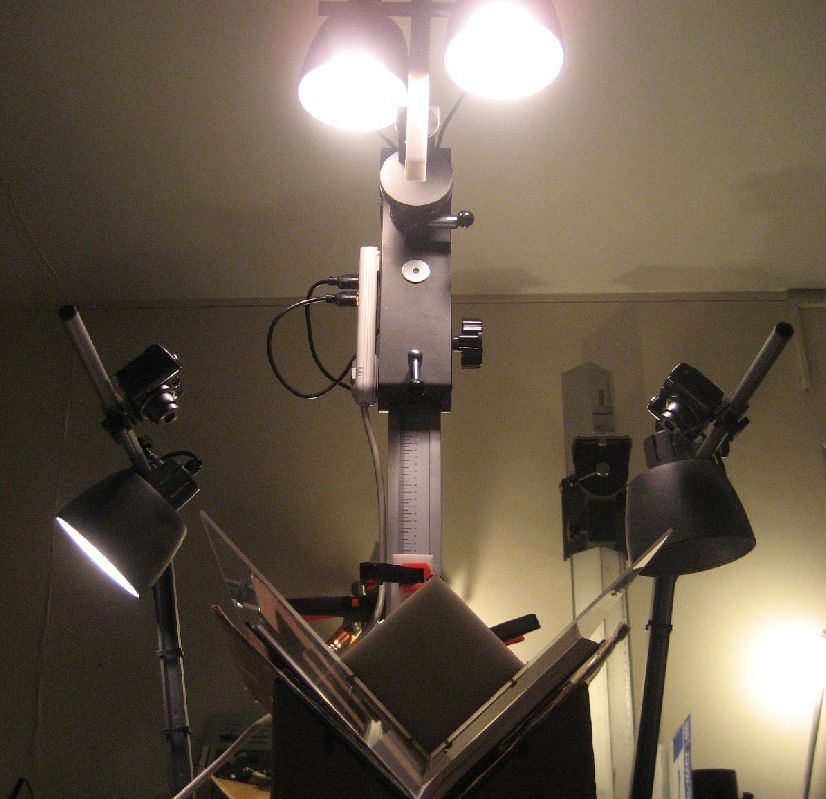 I soon realized that what I needed was to share the plans with charm, instead of bile directed at an industry doing plenty of self-harm. So, I published the plans on Instructables.com as a 79-step tutorial.
I soon realized that what I needed was to share the plans with charm, instead of bile directed at an industry doing plenty of self-harm. So, I published the plans on Instructables.com as a 79-step tutorial.  During that time, there was a contest going on, and the tutorial received wide coverage in the media. It also won the grand prize, a $10,000.00 laser cutting machine.
During that time, there was a contest going on, and the tutorial received wide coverage in the media. It also won the grand prize, a $10,000.00 laser cutting machine.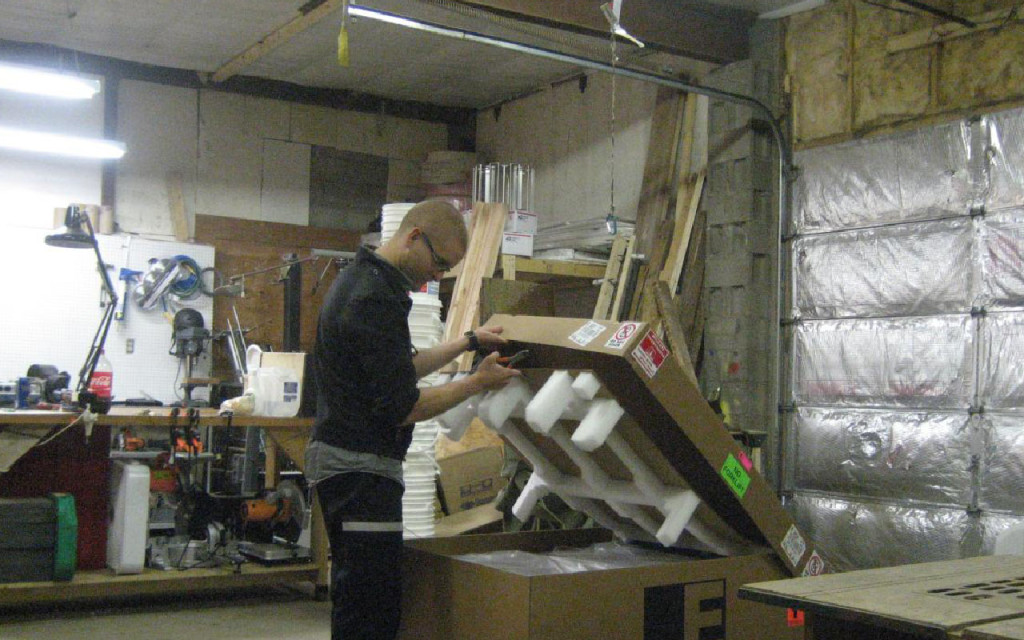 I also ended up winning an Amazon Kindle by designing this art for the back of it – but had to sell it to keep paying rent. Sigh!
I also ended up winning an Amazon Kindle by designing this art for the back of it – but had to sell it to keep paying rent. Sigh!
My first collaborators appeared in the comments on Instructables. “Autophile” and “Spamsickle”, among others, immediately started building copies of the machine. Improvements came hot and fast, which, honestly, is to be expected of a machine designed from trash. But it was exciting nonetheless. And then the truly interesting people started coming out of the woodwork; the first being a village official from Indonesia looking for ways to digitize his “Holy Books” – books which specify who owns what land and where. 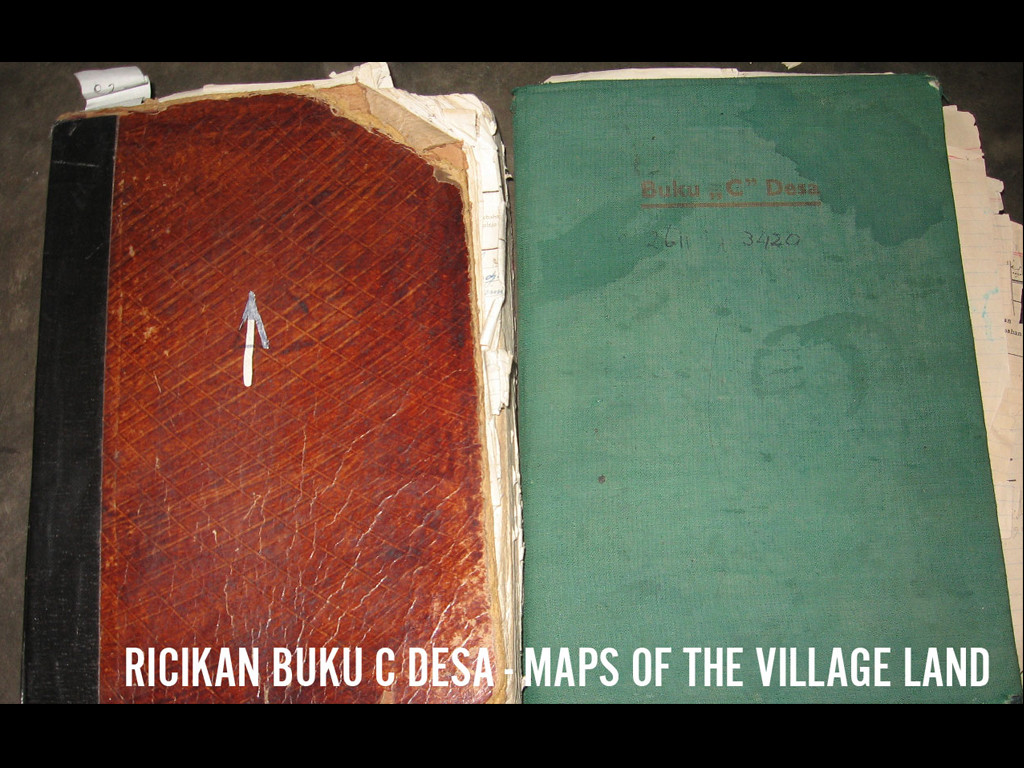 His books were fire and water damaged from the recent tsunami, and could not be scanned via any normal machines. We sent him cameras, and he built a machine and scanned the books.
His books were fire and water damaged from the recent tsunami, and could not be scanned via any normal machines. We sent him cameras, and he built a machine and scanned the books. 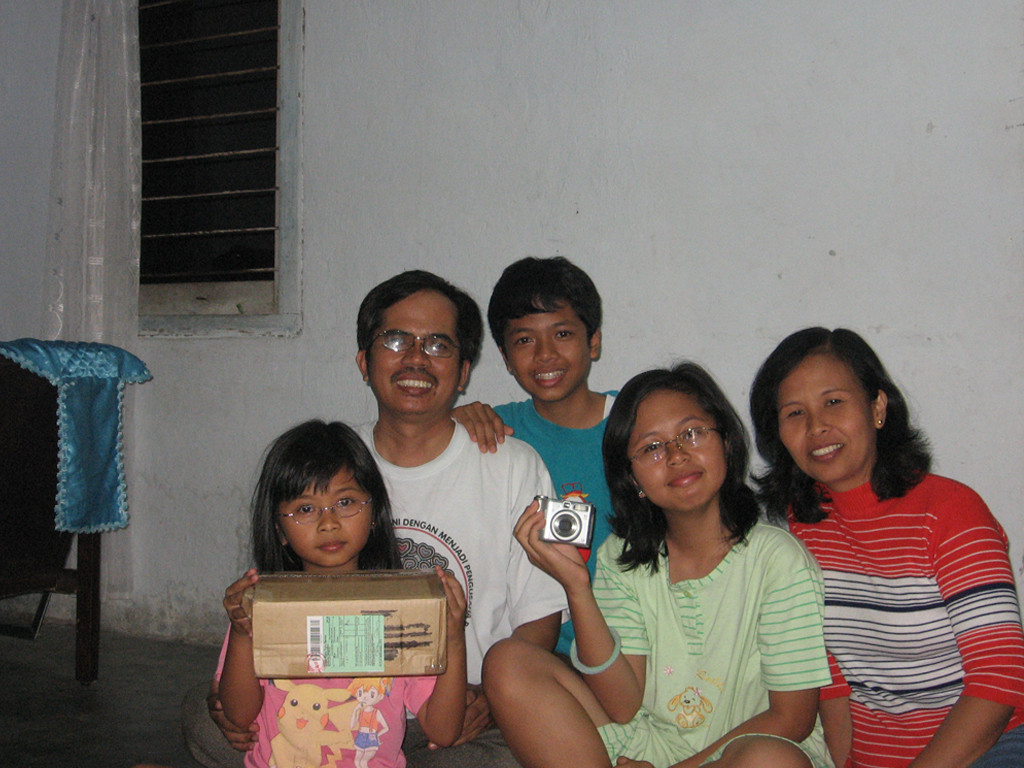
It was at that point that I knew I had to create a dedicated space for development and discussion of the larger idea – the idea that we individuals might — must — build and operate machines to bring books into the future with us. That the voracious scanning operations of entities like Google, Microsoft, and the Internet Archive are as only sometimes as beneficial as they are complicated and problematic. That there exist books and collections too political, too personal, and too private to hand off. It turns out that I was not alone in this; over time, around 2,000 people have contributed to the effort. The first five members of the forum were two programmers, two mechanical engineers, and one intellectual property lawyer.  We now have dozens upon dozens of interesting uses of the scanner, from San Francisco to Leogane to the DRC, from fungus to art books to early feminist zines.
We now have dozens upon dozens of interesting uses of the scanner, from San Francisco to Leogane to the DRC, from fungus to art books to early feminist zines.
We collectively designed hundreds (in fact, about 350) variations on the original design, exploring the space of materials and processes. I put my new laser cutter to use and designed a folding scanner that could be brought in carry-on luggage. The dream was to have a printing press for book scanners. Since those early days, the community has figured out all the critical parameters of scanning a book – lighting, processing, handling, etc. And we have seen many sister projects come and go, notably the Book Liberator and Ion Audio Booksaver, which had design problems. I moved to Los Angeles for work, and in my spare time built up a workshop in DTLA — dedicated to the development of book scanner tech. 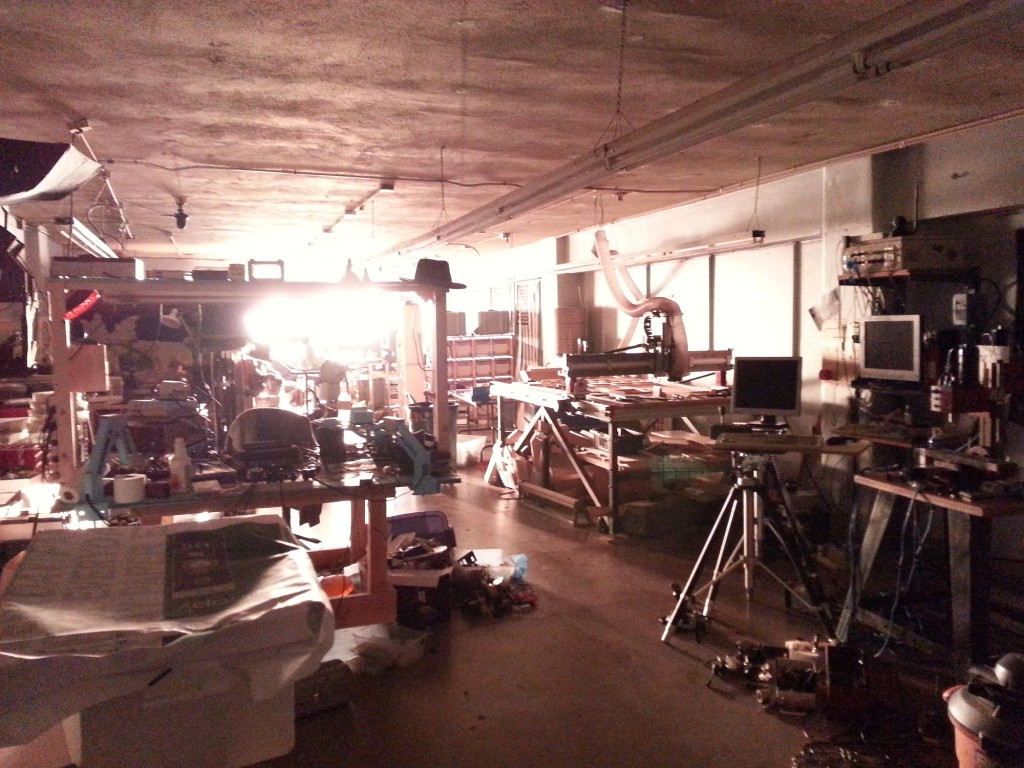 I lived there for three and a half years. I loved it there.
I lived there for three and a half years. I loved it there.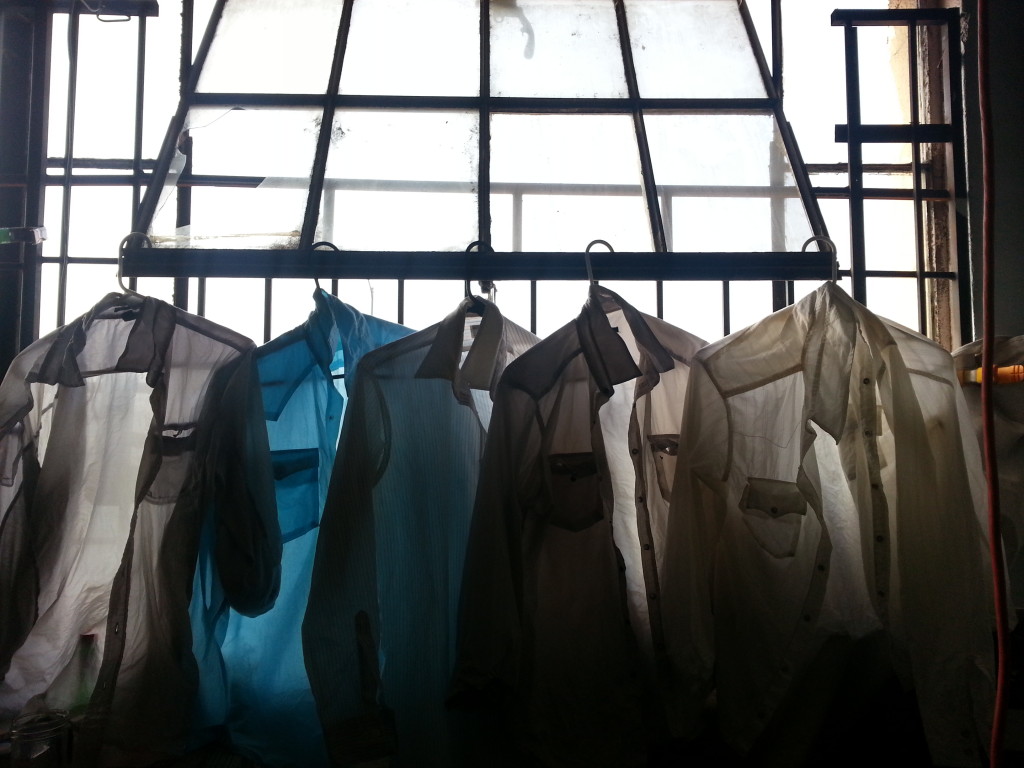
In that shop, surrounded by my tools, I developed a prototype intended for public use in community spaces worldwide. The “Hackerspace Scanner”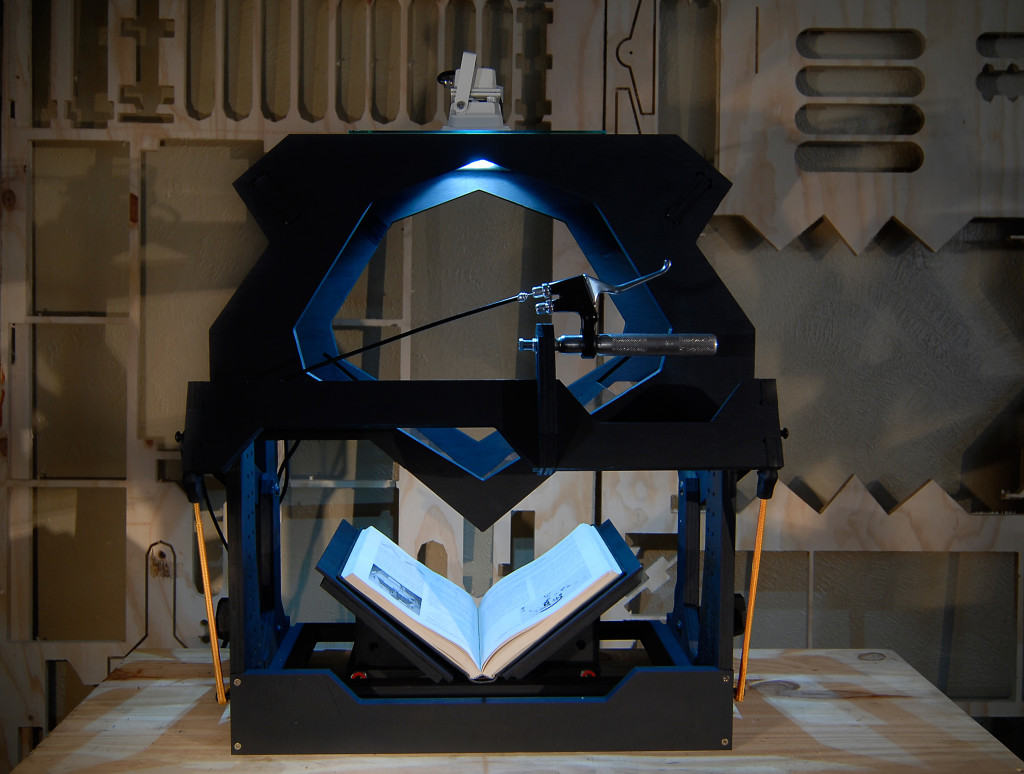 The scanner is the culmination of years of intense work and collective input – and it is only the beginning of our efforts. While many commercial models and sister projects have come and gone, and even Google Books was put on hold, pending a ruling on the settlement, my community continued the long and relatively boring work of turning pages, refining design details, and maintaining software. Much has been written about the project. It was often described as a David to the scanning Goliaths, but it might be more accurately thought of as a Wikipedia to the stuffy Britannicas. A nimble mammal in the age of dinosaurs.
The scanner is the culmination of years of intense work and collective input – and it is only the beginning of our efforts. While many commercial models and sister projects have come and gone, and even Google Books was put on hold, pending a ruling on the settlement, my community continued the long and relatively boring work of turning pages, refining design details, and maintaining software. Much has been written about the project. It was often described as a David to the scanning Goliaths, but it might be more accurately thought of as a Wikipedia to the stuffy Britannicas. A nimble mammal in the age of dinosaurs.
And truly, that machine was just a prototype, but it enabled me (and a huge community – there are hundreds upon hundreds of them in the world) to learn enough to make the Archivist, which is the subject of this entire site. In fact, the Archivist represents, to me, the thing that I intended to develop when the entire project started – I feel that, with this design, I have finally delivered on the promises of DIY book scanning, and that with this documentation, I have delivered on my duty and promise to openness and freedom of information. 
The evergreen fascination with the project stems from they way it so clearly embodies the problems of ebooks today. For example, what is the bridge between your book shelf and your ebook reader (and why isn’t there an obvious one)? What license did you have to those books in the first place? Does your labor, in turning pages, transform them? Why would you ever trust anyone else’s machine for a task so important? Which books could you live without, and which are worth preserving? Should every instance of every book be scanned, or is it sufficient to scan one exemplar and share that with all? Is duplication of labor the price of “intellectual property”? What is lost when we move to the digital, and must it be lost? When will ebooks, like paper books, enjoy the full benefits of their medium? Who will look after all the edge cases, private collections, medical records, war crimes, art books, journals and diaries? Why should anyone scan our books, but us? Why do entities like the Author’s Guild demand dollars for authors and human audiences when the most voracious readers from this day forward will certainly be machines?
As of 2015, our strongest answer to these questions comes in the form of a peculiar arrangement of Baltic Birch plywood, skateboard bearings, cheap cameras, and Free Software. A simple machine, simply modified, and freely shared. An acknowledgement that these matters are too important to be decided by corporations, or anyone, but us.
Now, that said, a machine like this only gets you so far- it would be better if there were no machine at all. The machine should be ephemeral; we should not need to lift or handle the book at all; human operators should be unnecessary — or better, we retain them but stop hurting their wrists. Making an ephemeral, essential book scanner requires incredible software intelligence – something that I cannot provide as of the time of this writing.
For me personally, my debt to the project can never really be repaid. Due to an early speaking invitation from James Grimmelmann, I was able tell the DIY Book Scanner story internationally, and get connected to the EFF and lots of powerful, interesting people. Without them, I’d still be trapped in horrible Fargo. Through the forums, I met dozens of awesome people, including my best friend Rob —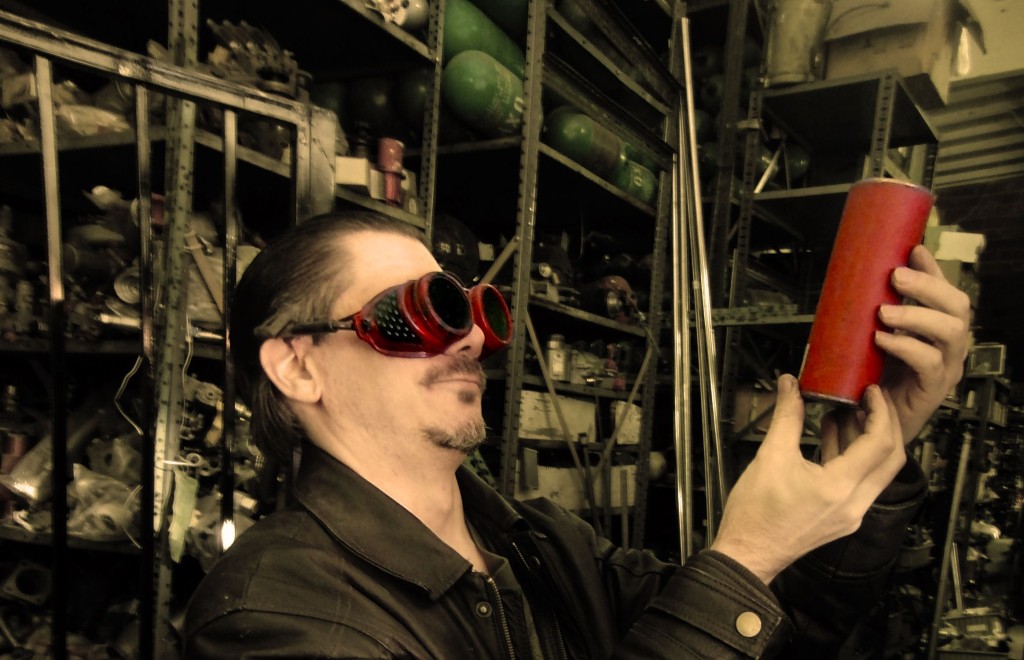
and my most trusted confidant, Scann. (Photo credit: Magalí Acuña)
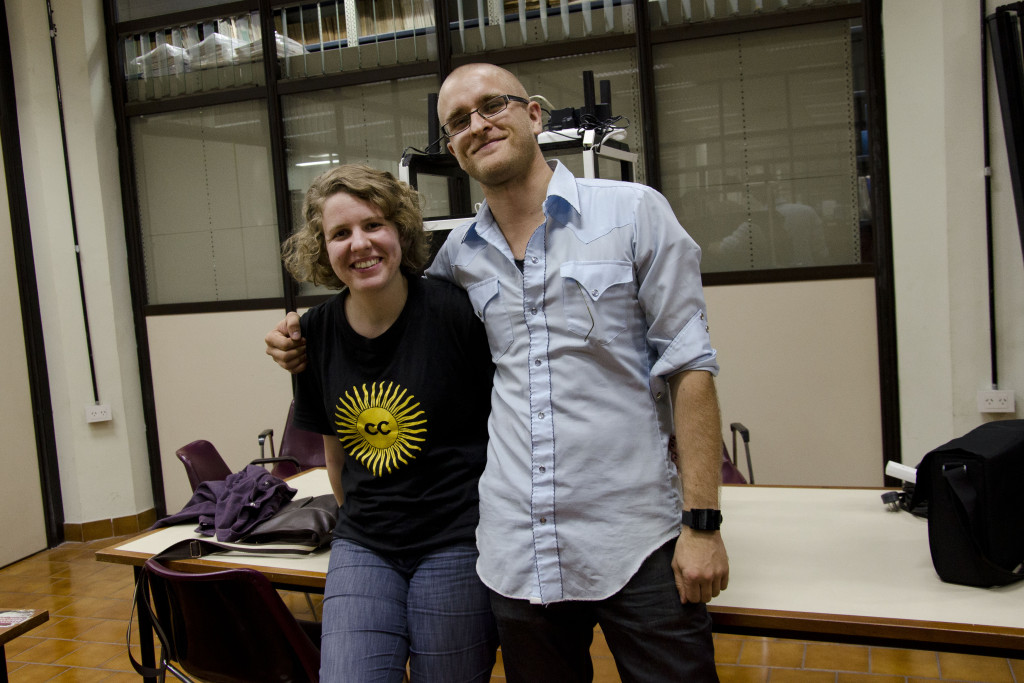 Through Sean of the Paper Upgrade project, I met the love of my life, Dana.
Through Sean of the Paper Upgrade project, I met the love of my life, Dana.
I also got to Build things with my lifelong friend Noah.
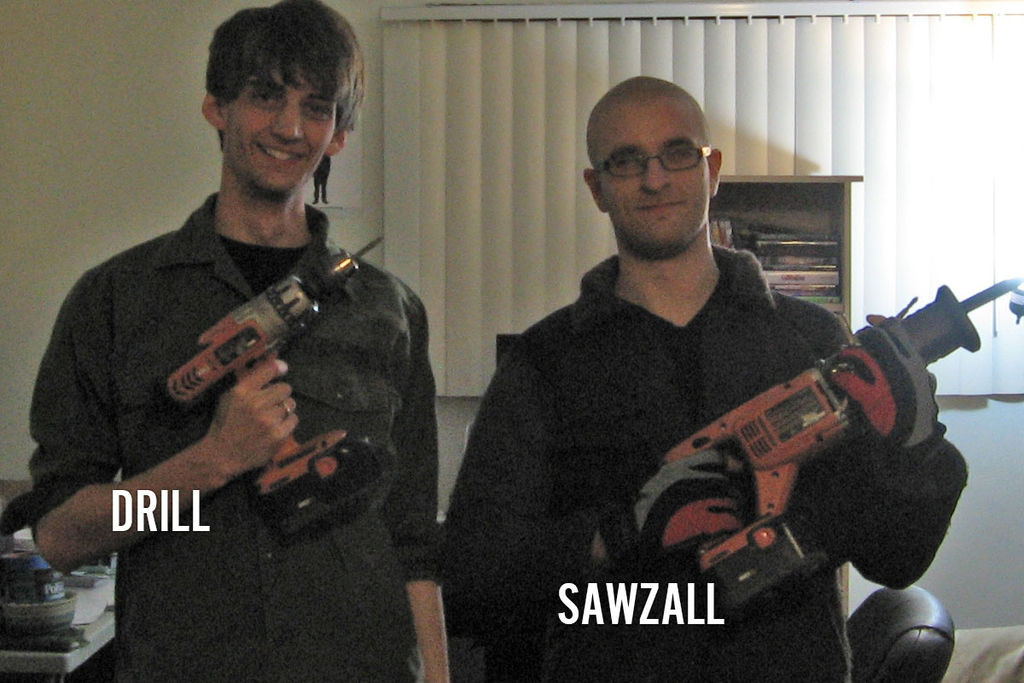
and have lots of beers with really, really smart people.
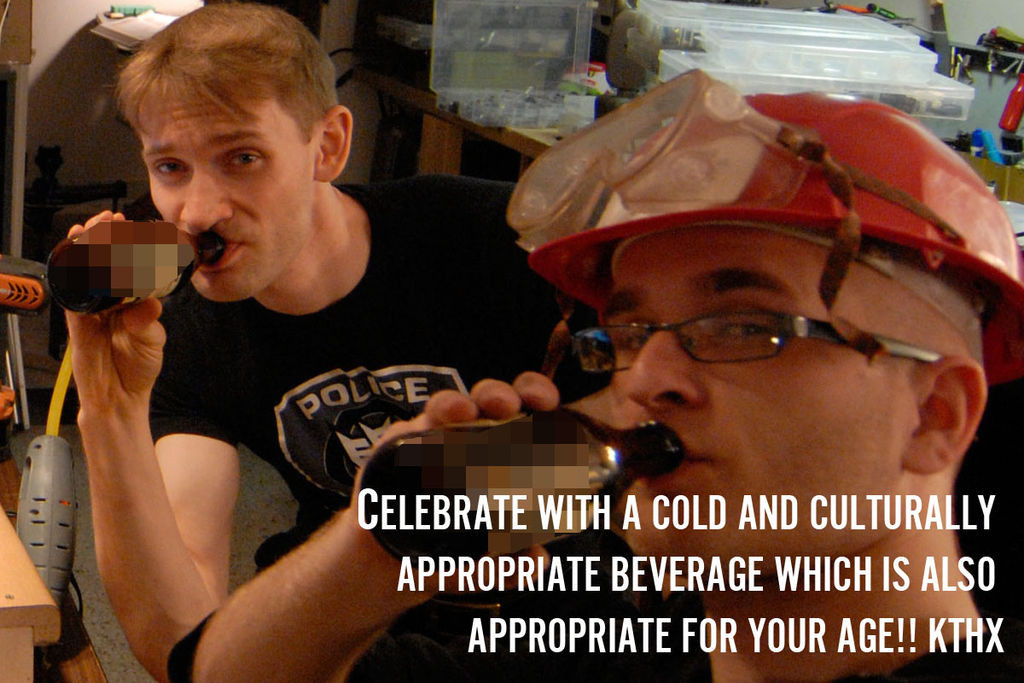
And that’s not even mentioning the amazing teachers, thinkers, and doers that I haven’t met IRL yet, like the great Johannes, like Duerig, like Dario, the list goes on and on. Hell, I even became a character in this excellent book by Robin Sloan: 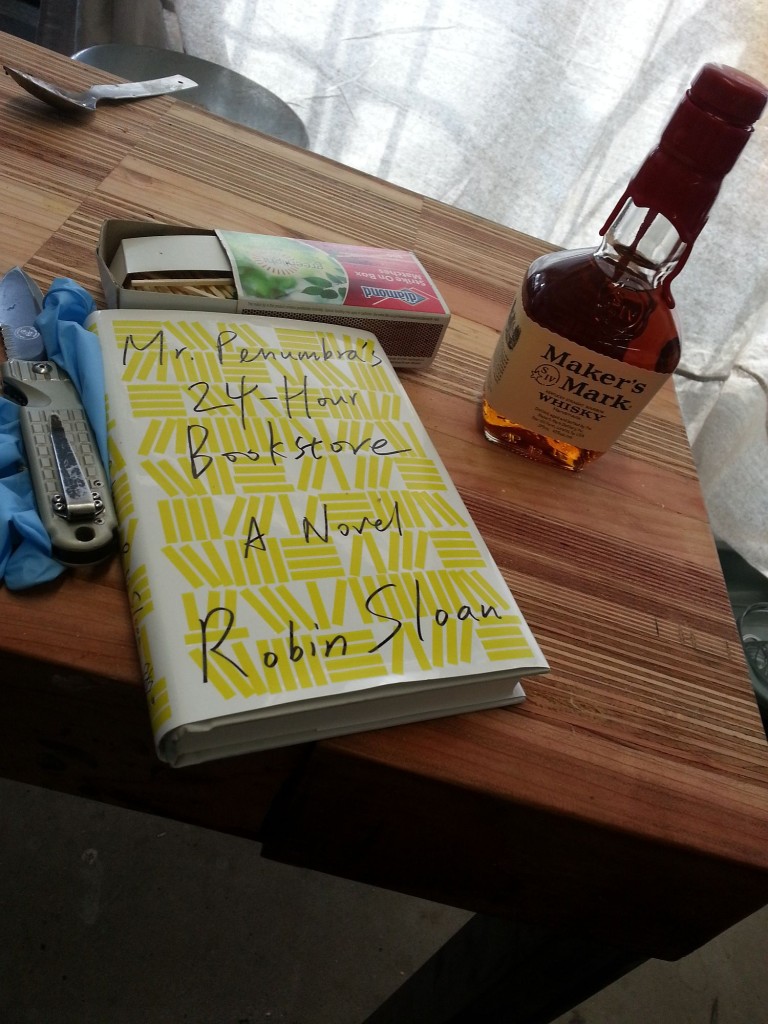
But as I said, a machine like this only gets you so far. Gnothi seauton. I’ve spent so much time perfecting and building hardware and putting it into boxes that what little software skills I had have completely withered on the vine. I can see the future, and it is at least half software. I’m going to take back some of the hours that I used to invest into this machine, and spend it learning to write really beautiful code and some higher-level mathematics. Thank you for understanding how important this next step is to me.
